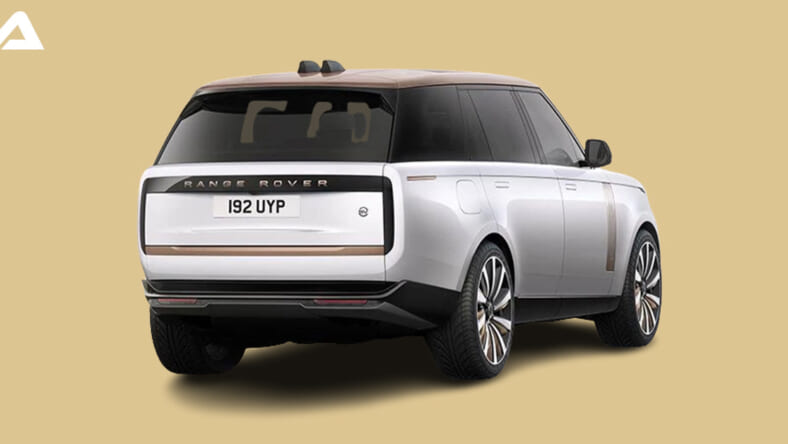The 2023 Land Rover Range Rover Is a Revolutionary Advancement
We took the new Land Rover Range Rover for a spin on some of the most stunning two-lane roads in […]

We took the new Land Rover Range Rover for a spin on some of the most stunning two-lane roads in Northern California’s wine region and along the Pacific coast, and we saw a peculiar phenomenon more than once. While we can’t say for sure why, every time we encountered a slower car, they quickly sought a pullout and got out of the way. But, of course, such a thing never occurs.
But it’s not like we were following too closely or flashing our lights, and our SUV wasn’t black and white with a light bar on top. Yes, the new Range Rover may be driven quickly, and there was a special closing rate, but in our experience, people often wait until the person or people behind them are ready to go, even if they are only holding up one car. Maybe they were curious about how the new Range Rover appears in the mirror and decided to back it up for a better look. At least when it’s parked, it does; the new Range Rover’s flowing design exudes a timeless simplicity that stands in stark contrast to the more gimmicky automobiles of recent years. Although it is undeniably a Range Rover in terms of dimensions and roofline, the precision with which it has been executed gives the impression that it is a design study coming to life. Lines glide over its sides, broken only by soft arcs and folds.
Due to the complexity of the design and the need for precise construction, the tolerances for panel gaps and flushness have been reduced and tightened. Without a chamfer, crease, or moulding, the body sides slide through 90 degrees to meet the side glass, which may be our favourite feature.
The taillights are another detail that caught our attention since they blend in with the car’s overall design until they are turned on. A significant (for an SUV) 0.30 coefficient of drag proves that the overall design is as aesthetically pleasing to the air as it is to the eye. The standard wheelbase (SWB) and extended wheelbase (LWB) have been lengthened by three inches, from 115.0 to 118.0 inches and 122.9 to 125.9 inches, respectively.
Consequently, there is now six more cubic feet of storage space in the area behind the second row, and rear-seat legroom is up by 1.1 inches in the SWB (1.2 inches in the LWB). Most importantly, the longer wheelbase (LWB) enables Land Rover to provide three-row seating. However, the classic proportions are preserved thanks to the tidier overhangs that keep the total length increase to 2.0 inches and the wider 32-inch tyres that fit neatly into the slightly expanded fender openings. In addition, BMW’s new P530 twin-turbo V-8 is tailored to Land Rover’s exacting standards.
A larger intake tract allows for 35.4 inches of water-fording depth, and a redesigned sump prevents oil starvation even at severe forward, backward, or sideways off-road driving angles, both of which were modified for Range Rover use. The P530 generates 523 hp and 553 lb-ft of torque and sends that power to the ground through an eight-speed automated transmission. We timed it at 4.3 to 60 mph and 12.8 seconds for the quarter mile. Land Rover claims it can pull 8200 pounds. At its release, we remarked on the P530’s polished grumble underfoot, which subtly recedes into the background once cruising speed is reached. Track testing confirmed this, revealing that the car’s 75-decibel wide-open snarl reduced to 66 decibels at 70 mph.
